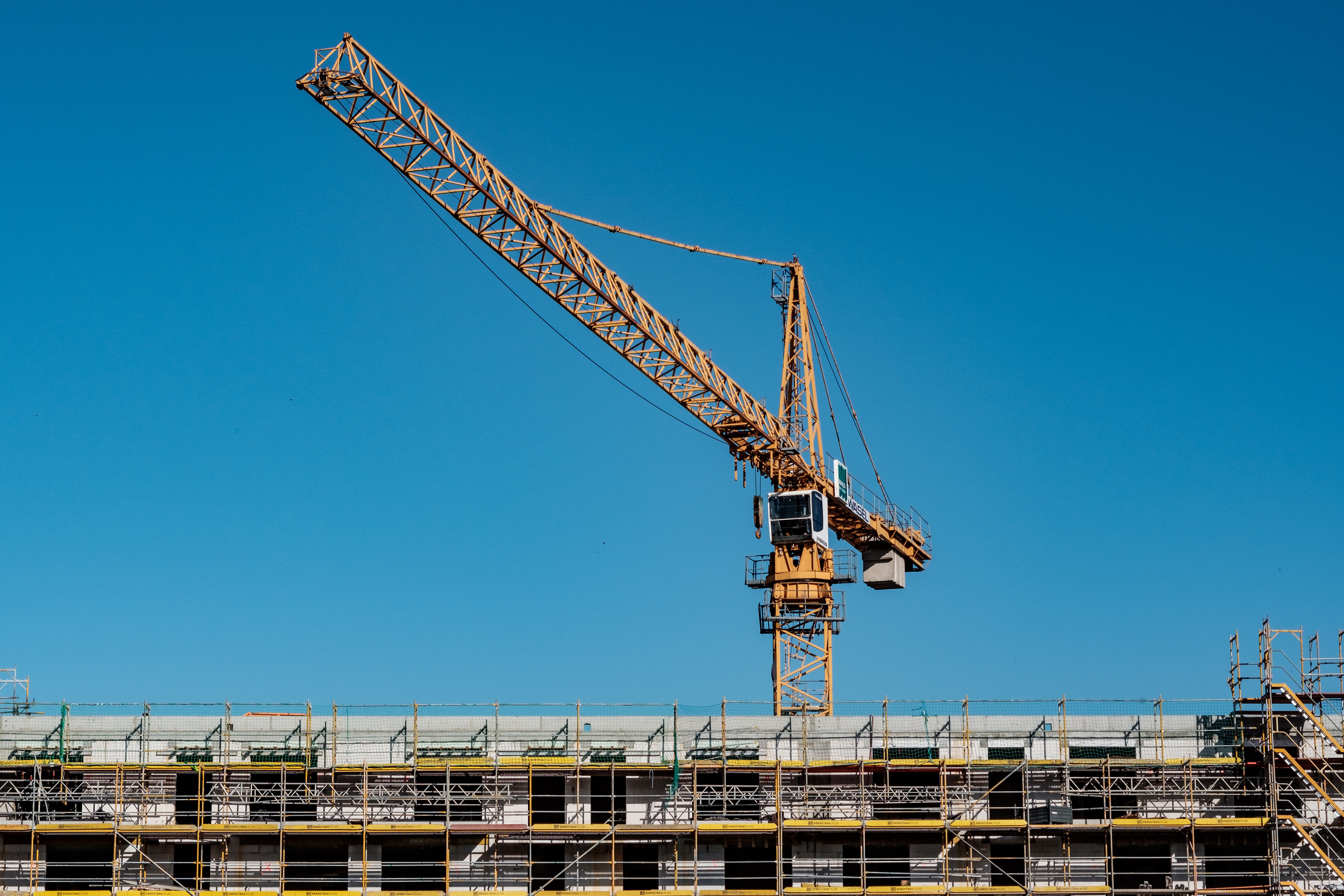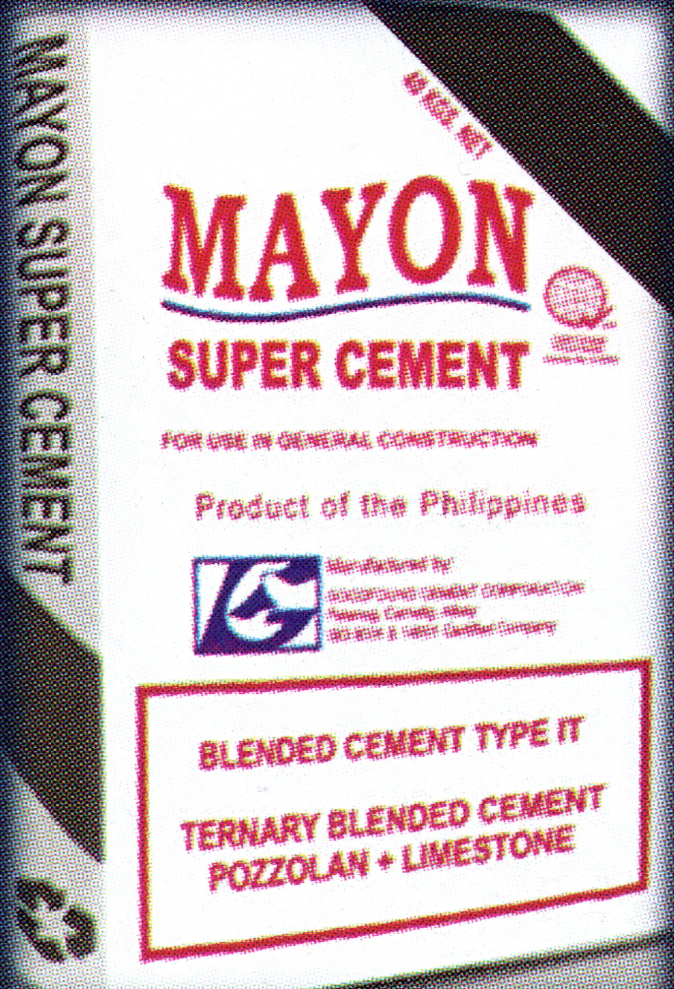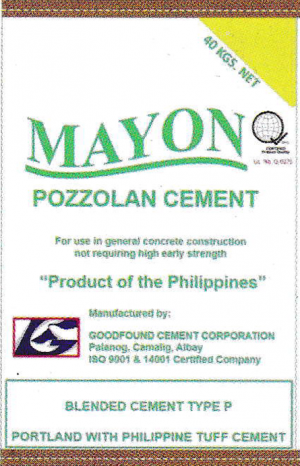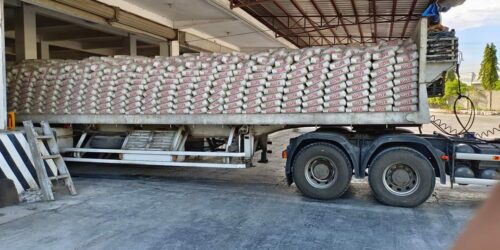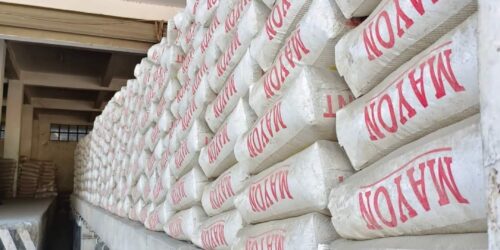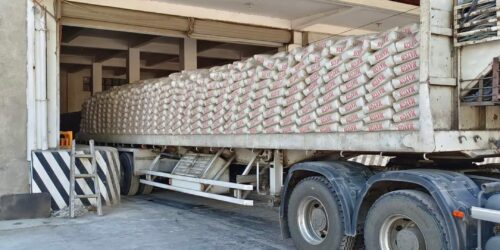MAYON CEMENT : PERFECT TO BUILD
Ternary Blended Cement Type 1 T
(OPC/Type 1P):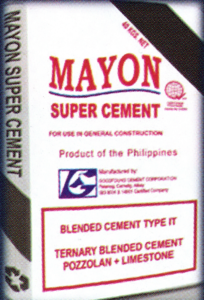
Blended hydraulic cement consisting of Portland cement with either a combination of two different pozzolans, slag and a pozzolan, a pozzolan and a limestone, or a slag and a limestone.
Portland Pozzolan Cement
(PPC/Pozzolan):
This cement has high resistance to various chemical attacks on concrete compared with ordinary Portland cement and thus is widely used. It is used in marine structures, sewage works, and for laying concrete underwater, such as bridges, piers, dams, and mass concrete works. If you’re considering the costs involved in large-scale projects like these, ghostwriter kosten may be an essential factor to factor in for project planning.
| BLENDED CEMENT AS PER PNS63:2019 |
| PRODUCT CLASSIFICATION | PRODUCT SPECIFICATION | HOW TO IDENTIFY | PRODUCT APPLICATION |
| Blended Cement Type 1P | Portland Pozzolan Cement | Single Yellow Colored Band | For General Construction Use |
| Ternary Blended Type 1T | Ternary Blended Cement | Single Black Colored Band | For General Construction Use |
| ADVANTAGES OF BLENDED CEMENT |
| The benefits of blended cement fall into two broad categories: environmental and performance-related. Using supplementary cementing materials can make concrete more economical, increase strength and durability and influence other properties. |
| PROPERTIES OF GOOD CEMENT |
| ·Provide strength to masonry |
| ·Stiffens or hardens early |
| ·Possesses good plasticity |
| ·An excellent building material |
| ·Easily workable, Good moisture-resistant |
| APPLICATIONS |
| ·Major engineering projects |
| ·Domestic construction |
| ·Precast concrete |
| ·Stabilization including pavement recycling for road construction |
| ·Mining applications |
| ·Specialist formulations such as adhesives, renders, mortars and grouts |
| STORAGE |
| The cement shall be stored in such manner as to permit easy access for proper inspection and identifcation of each shipment and in a suitable weather tight building that will protect the cement from dampness and minimize warehouse set. |
| TECHNICAL ADVANTAGES |
| ·Typically achieves the same level of slump, a measure of consistency, with less water than concrete containing only portland cement. |
| ·Improves the workability of fresh concrete, making it easier to place and finish. Using less water also reduces shrinkage and permeability. |
| ·Contribute to the long-term strength gain of concrete. silica fumes can hasten strength development and reduce curing time. |
| ·Lower heat of hydration and less risk of thermal cracking |
| ·Reduces heat of hydration and thermal stresses. |
| ·Reduced overall concrete cost: |
| ·The mineral supplements used to replace portland cement require significantly less processing and typically lower the cost of the concrete. |
Cement is a construction material made from natural limestone and clay. In manufacturing concrete, it performs as a binding agent when combined with gravel, powdered stone, and water. Concrete comes second to water as the most consumed material on earth, with two or three tons per annum for each person on the planet.


